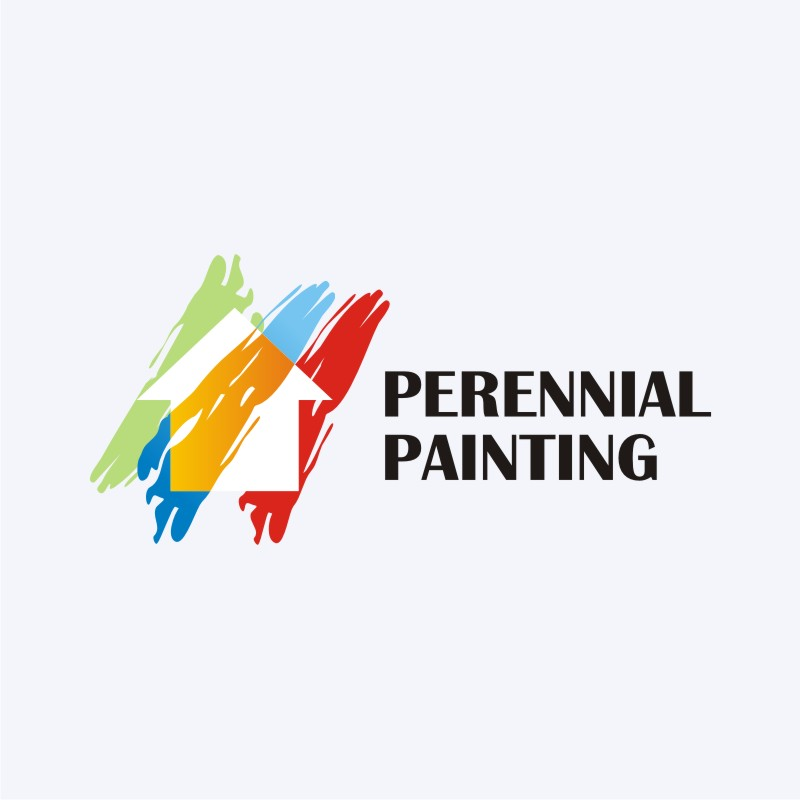Discover Just How Seasonal Influences Can Impact The Efficiency Of Business External Paint And Learn The Most Desirable Times To Make Sure Long Lasting Results For Your Project
Discover Just How Seasonal Influences Can Impact The Efficiency Of Business External Paint And Learn The Most Desirable Times To Make Sure Long Lasting Results For Your Project
Blog Article
Article By-Carlson Celik
When you're preparing an industrial external paint task, seasonal variables can make or break your outcomes. You'll want to think about just how temperature level and moisture effect paint application and drying times. Choosing the best season can ensure your paint adheres appropriately and lasts longer. Yet which seasons are truly the best for this kind of job? Allow's discover the key elements that can affect your job's success.
The Impact of Temperature Level on Paint Application
When you're preparing a business exterior paint job, the temperature level can significantly affect how well the paint sticks and dries out.
Preferably, moved here want to paint when temperatures vary between 50 ° F and 85 ° F. If it's as well cool, the paint might not heal appropriately, resulting in concerns like peeling off or cracking.
On the other side, if it's too warm, the paint can dry too swiftly, stopping proper attachment and resulting in an unequal finish.
You must also consider the moment of day; early morning or late afternoon uses cooler temperatures, which can be a lot more desirable.
Constantly check the manufacturer's recommendations for the details paint you're utilizing, as they typically supply support on the optimal temperature variety for ideal outcomes.
Moisture and Its Effect on Drying Times
Temperature isn't the only environmental factor that affects your industrial external paint job; humidity plays a substantial role as well. High humidity degrees can reduce drying out times drastically, affecting the general high quality of your paint work.
When the air is filled with dampness, the paint takes longer to cure, which can cause concerns like bad adhesion and a greater risk of mold development. If you're repainting on an especially damp day, be planned for extended delay times in between layers.
It's crucial to keep an eye on regional weather and strategy accordingly. Preferably, go for moisture levels between 40% and 70% for ideal drying.
Keeping these factors in mind ensures your project stays on track and supplies a long lasting surface.
Best Seasons for Commercial Exterior Paint Projects
What's the very best season for your commercial exterior paint tasks?
Springtime and early loss are normally your best bets. Throughout these periods, temperatures are mild, and moisture levels are frequently reduced, developing optimal conditions for paint application and drying.
Prevent summer season's intense heat, which can create paint to completely dry also quickly, bring about poor bond and finish. Likewise, winter season's chilly temperatures can impede proper drying out and treating, risking the longevity of your paint work.
Go for days with temperatures in between 50 ° F and 85 ° F for optimum results. Keep in mind to inspect the local weather forecast for rain, as damp conditions can wreck your project.
Planning around visit here guarantees your painting job runs smoothly and lasts longer.
Final thought
Finally, preparing your commercial exterior paint jobs around seasonal considerations can make a significant distinction in the outcome. By Get More Information throughout the ideal temperatures and humidity degrees, you'll make certain far better adhesion and drying times. Remember to watch on straightline and pick the correct time of year-- spring and very early loss are your best bets. Taking these actions will certainly help you achieve a sturdy and expert finish that lasts.
